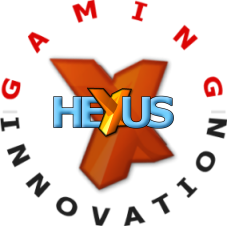Final thoughts
Coming in at a projected £50, including VAT, for a vanilla version of the card and purportedly hard-launching this week, the Radeon HD 4670 brings all of the 4-series goodness to the mainstream.
ATI fits in practically more of everything with this card: more shading, texturing, and antialiasing performance. Harnessed together, the underlying technologies for Radeon HD 4670 GDDR3 make it the fastest graphics card in its pricing sector, and the 2D multimedia feature-set isn't bad.
To put the rendering power of the card in to some kind of perspective, it has a higher GFLOPs throughput (math ability) than the R600 - Radeon HD 2900 XT - a GPU launched less than 18 months ago and, at the time, ATI's supposed saviour at the high-end of the market.
There are obvious concessions towards saving costs, of course, including a bandwidth-starving 128-bit memory bus and GDDR3 memory that, perhaps, could have been a bit quicker, but there's also a lot to like here.
Performance is obviously good, handily thrashing GeForce 9500 GT 256MB and previous-generation Radeon HD 3650 512MB cards and, on rare occasion, eclipsing the benchmarks laid down by a Radeon HD 3850 256MB. The HEXUS.bang4buck graph highlights this in, literally, graphic fashion.
It's difficult to see a hole in the Radeon HD 4670 argument, given the price, and NVIDIA will have no other performance-related answer than to further chop prices of its mid-range SKUs. We can foresee GeForce 9600 GSO dropping down to £60, or less, as a result.
Bottom line: ATI has set a new standard in the mainstream discrete graphics-card market by providing a lot - be it 2D or 3D - for not very much. Speaking with pragmatism, fast-paced gaming at 1,680x1,050 is now eminently possible on a £50 ($79) card, so it's good news for the consumer.
ATI will further distil Radeon 4-series goodness to a number of lower-specified SKUs in weeks to come, and we wait with bated breath to see NVIDIA's response. Yes, GeForce 9600 GT is better, but it's a lot more expensive, relatively speaking.
Sapphire falls or succeeds in relation to the core technology, and as Radeon HD 4670 is rather good, it's on to a winner.














